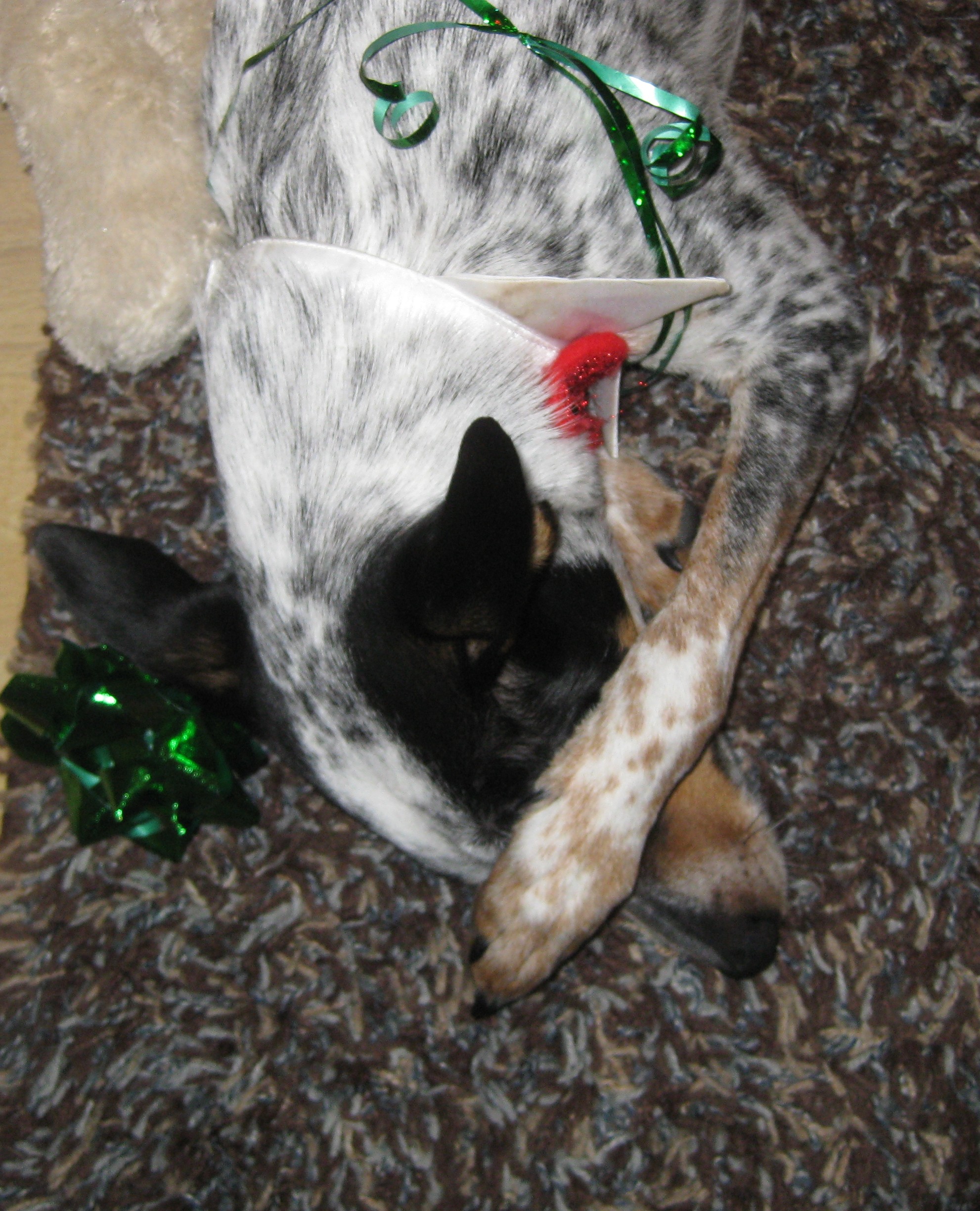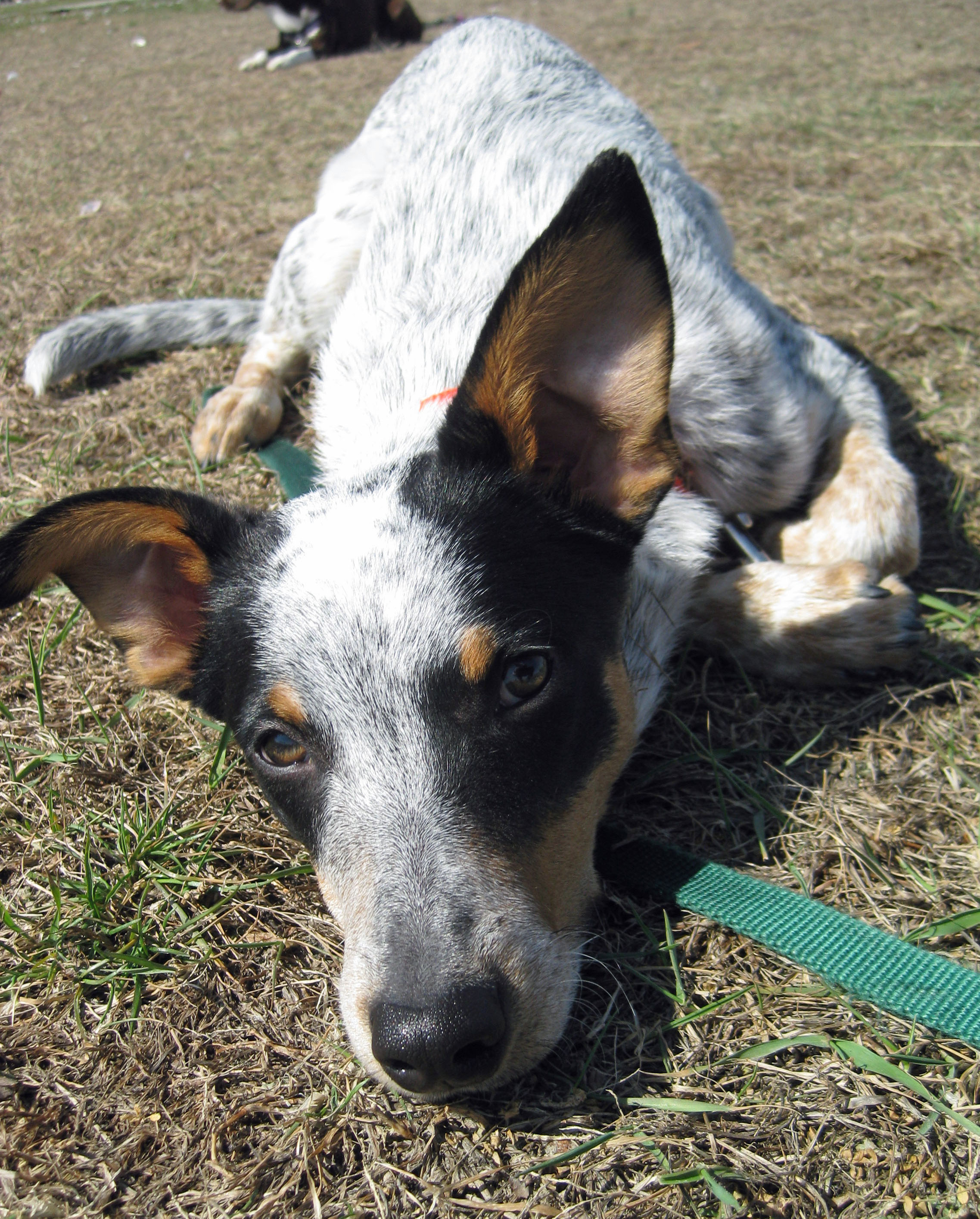Hey Rio, did you know that….
“If you play tug with your dog, you are going to make him aggressive”
“If you play tug with your dog, he’s going to become dominant”
“If you play tug with your dog, he’s going to learn to attack people”
“By playing tug, and losing, your dog will no longer see you as the master or leader of the pack”
Okay, so clearly Rio does not agree with those statements and neither should you. There are many people who spread this misinformation… even folks calling themselves “professionals.” None of the aforementioned myths are valid at all when tugging appropriately–there is a right and wrong way to tug, but this not about the game as a whole but simply user error.
Amateur tuggers (or novice dog owners) can become victims of being an effective dog trainer…yes, you read that right. When novice dog owners play tug with their dog, they often build and build and build the arousal level and at the pinnacle they decide they want the tug back and to regain control of the game. They may start raising their voice, tugging more desperately, tugging more vigorously, hitting their dog’s face or thumping their ribs…. unfortunately, to many dogs, within the context of the game of tug, these things are VERY reinforcing. People end up creating a dog who has no manners for the game and who is out of control. This has nothing to do with dominance or aggression… the dogs have simply been reinforced for their over-the-top attitude with the handlers hitting, tugging, yelling, and making the game super duper exciting. These are certainly dogs who need to learn how to play tug appropriately and who need to learn to control themselves, but by following simple rules, the game of tug can be awesome for dog and human (while not all dogs need to follow the rules, if they are not overly drivey; all dogs can still reap the benefits).
The Rules I use for successful tugging with my drivey monsters:
1. Humans start and end the game–If the pups are throwing tug toys in my lap, I do not automatically start tugging with them… the game is special and their solicitation does not mean I will tug with them. When I see they want to tug I will reinforce their backing away with offering to tug or will wait until they stop focusing on me so much. I will also offer the tug when they aren’t soliciting at all; so, they learn it’s not the solicitation that earns the tug, but that the tug game happens when they back away, lose the intensity or simply when I feel like it. As for ending the game… I always end the game before they do… partially to keep the drive for the game and partially to just have a structure. My dogs frequently “win” the tug during the game…if the dog NEVER wins, they eventually stop wanting to play–would you be excited to play a game you have no chance of winning? Although they win the toy, the game ends by me asking for an “out” and saying “that’ll do” (our cue for, it’s over).
2. Teeth on human skin ends the game immediately. I accept mouthing during other games no problem, but the pups learn that if we are playing tug, any teeth on my skin will end the game. When they hit the peek of their intensity, if they were to accidentally bite me, it could be bad. So, I have set up the rule since day one that teeth on skin will end the game and as such I have two dogs who, even in the heat of the moment, are very careful with their mouths.
3. Not “out”ting when I ask for an “out” will result in the end of the game *this rule is only introduced when the dogs have been proofed with an “out” cue and are excellent. I also start working this at lower arousal levels during the game to start and work up to asking for an “out” at a high level of arousal. I actually use tug to teach and proof an “out” cue (more on this in moment). This is how I control the game… if it gets too much or the dogs are getting too crazy, I ask for an “out” let things cool off for a few seconds and then start the game up again.
These three rules create excellent ground work for intense tugging and awesome tug-training.
So, hey Rio did you know that…
“You can use tug to teach and proof an ‘out’ cue”
“With strong enough tug drive, you can use tug to distract a reactive dog when they see a trigger”
“Tugging can be an excellent reward for recalling (and using a leash tug makes it super easy to leash up AND reward the pup for recalling at the dog park)”
“Tug can be an excellent tool for teaching a retrieve both a basic retrieve and a competition obedience retrieve and hold”
“Tug is an excellent way to burn off energy during snow/rain/cold weather. You can use it to burn both physical and mental energy if you use training during the game.”
“Tug is a great way to teach, build and test impulse control”
It seems like a weekly occurrence that I find myself saying, “well, have you thought about using tug?” People tend to be shocked and confused that I suggest using tug as a tool and a reward to teach a variety of cues, behaviors, or even manners. Just some the tricks/behaviors I have taught using either tugging or a tug (or both) include: out, retrieve, hold-it, open the crate, close the crate, impulse control work, recall, excellent name recognition, etc. Stay tuned for a how-to using tug… just need to figure out what to teach Rio next.
Not every dog will tug, but for dogs who love to tug, I say you should use it to its full potential.



Delta lives for tug. That’s why her tug leash I made her is an invaluable tool. At the dog park, I use it for rewarding her recall when people are entering the park. I hate when dogs build up around the fence, so whenever a dog gets to the entrance, I call Delta away, she comes running, we play an awesome five-ten second game of tug while they enter (and everyone else’s dogs are surrounding the gates) and once the dogs are in, I tell her ‘go play’ and off she goes. Tug is an EXCELLENT tool to have in your training belt.